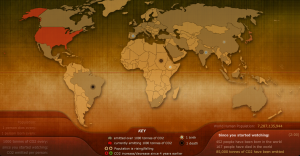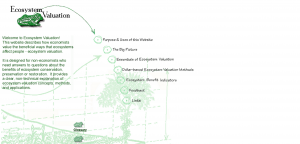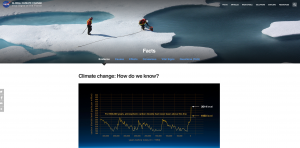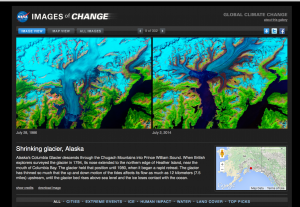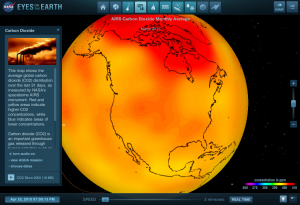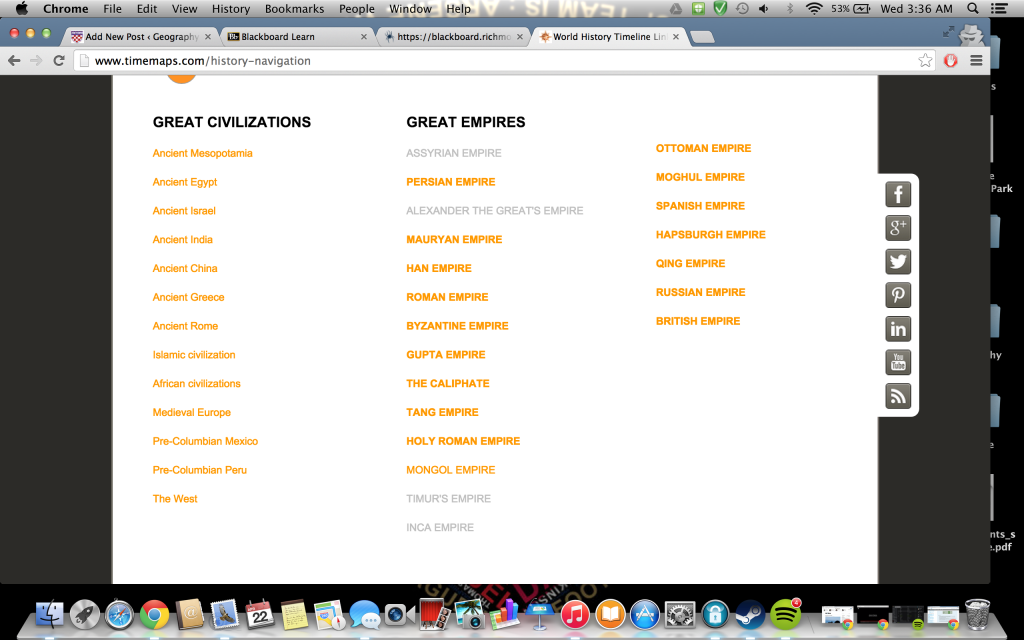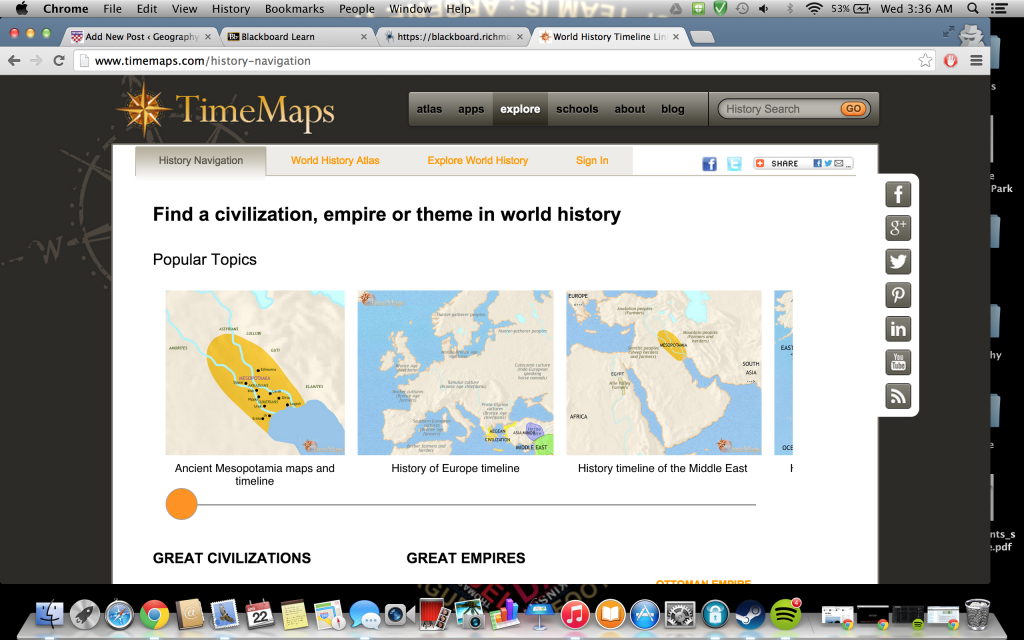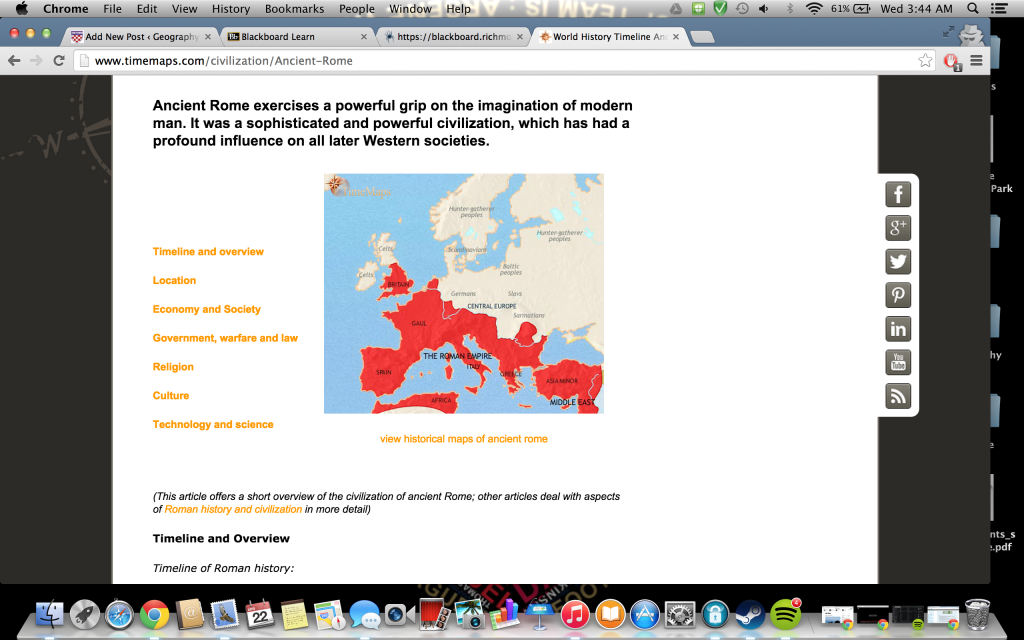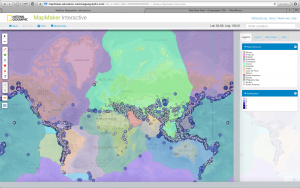http://world-geography-games.com

In my opinion, our school systems do not provide students with enough understanding of our country’s geography, let alone the world’s. Most high school students wouldn’t even be able to label all 50 states on a map. Also, most Americans believe knowledge about foreign countries is useless. This mentality has largely contributed to our inadequacy in geography.
During my freshman year of high school, my AP U.S. history teacher gave us a quiz, making us label every country in Africa on a blank map. A lot of students struggled with this because of their lack of prior knowledge about the world around us. However, since middle school, I have practiced studying states and countries from a website called World Geography Games. This website allowed me to study every country in the world with a click of a button. So this quiz was a piece of cake for me.
World Geography Games helps students, geographers, and anyone motivated to practice their knowledge of the world. It provides entertaining and stimulating map games to improve geographical understanding. It is wonderful for adults, but also young children as well because of the way it presents it information.
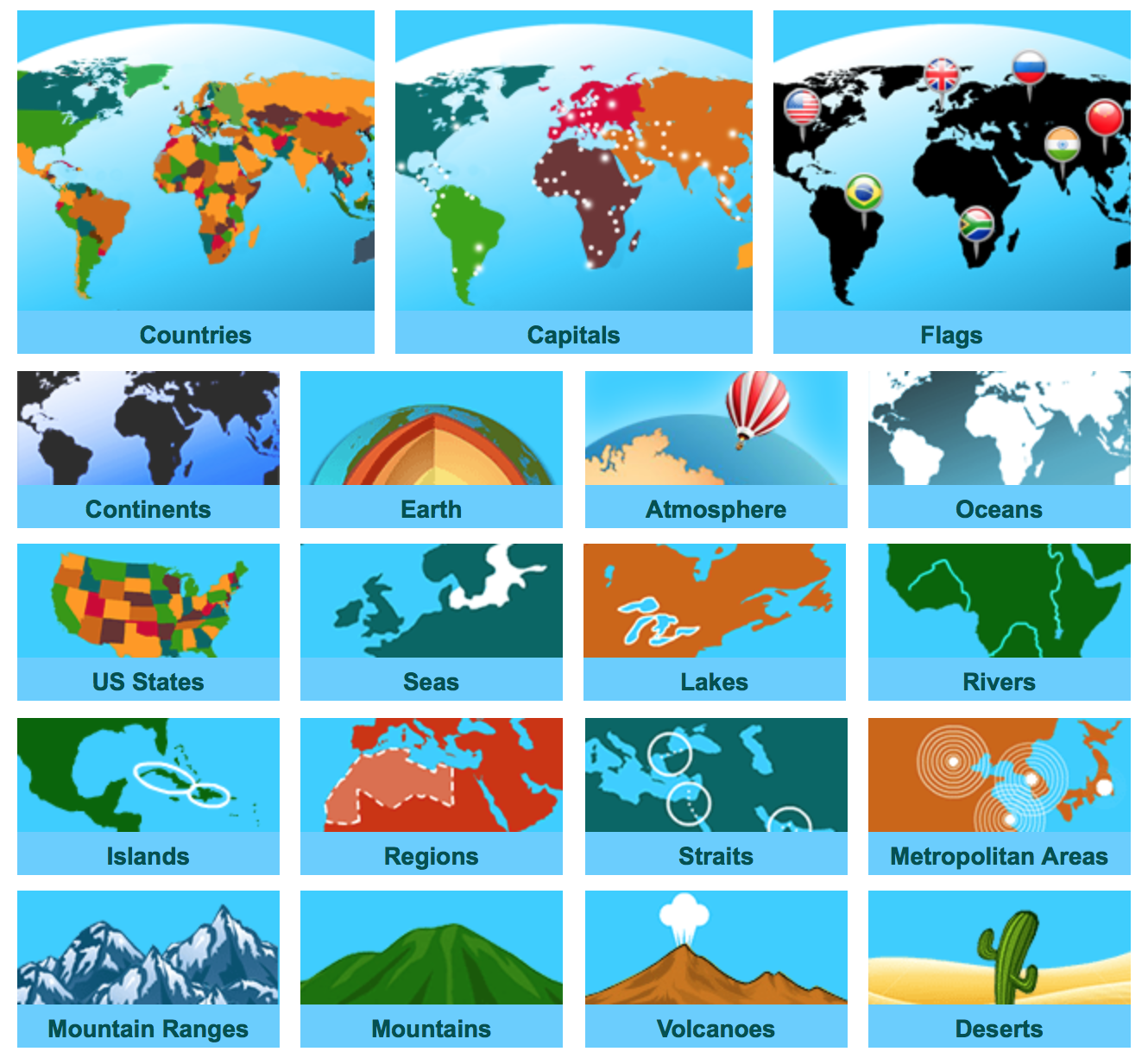
As you can see from the picture above, the website has a variety of different sections. Some are based on location, such as continents, countries, and states. Some are based on geographic features, such as mountain ranges, bodies of water, and deserts. There is even a section to learn about the Earth’s core. All the sections combined help cover the core parts of geography, bringing together geographical, political, historical, and economical knowledge.
Let me show you how it works. Say we were studying mountain ranges. The website would bring us to this page below.

It will then begin asking you to click on certain mountain ranges. In the photo above, it is asking “Where is Serra do Mar?” You would then click on where you believe the Serra do Mar. After you are finished all of the questions, the website will give you a grade, allowing you to see how much you know about the information you are being quizzed on.
The reason this website is so effective is because it presents all of its information in the simplest terms. I wouldn’t suggest this website to anyone that has studied geography thoroughly and has deep understanding of the material since it only covers the basics. But I would suggest this website to anyone trying to learn brief knowledge about global geography.
This website relates to our Geography 250 class because it involves almost everything we have discussed. We didn’t really focus on certain countries or states, but we did focus on different types of landscape, such as bodies of water, mountain ranges, and volcanoes. We also studied the Earth’s core and the different layers of it.
After studying from this website, I believe students would be able to label all 50 states on a map and a whole lot more. Our teachers and schools need to start utilizing tools like World Geography Games if we want the next generation to better educated on global geography.
John Blair


